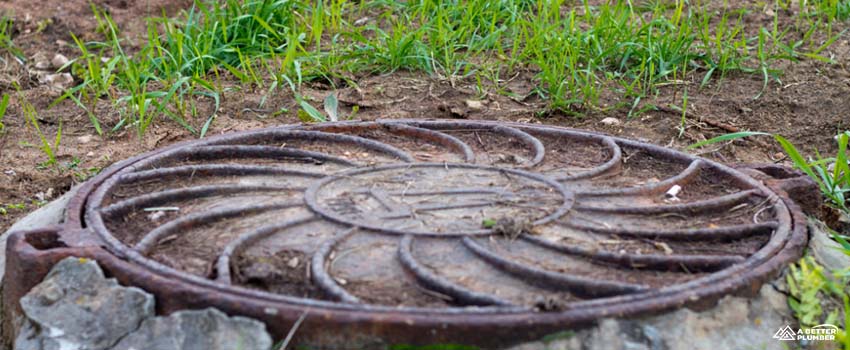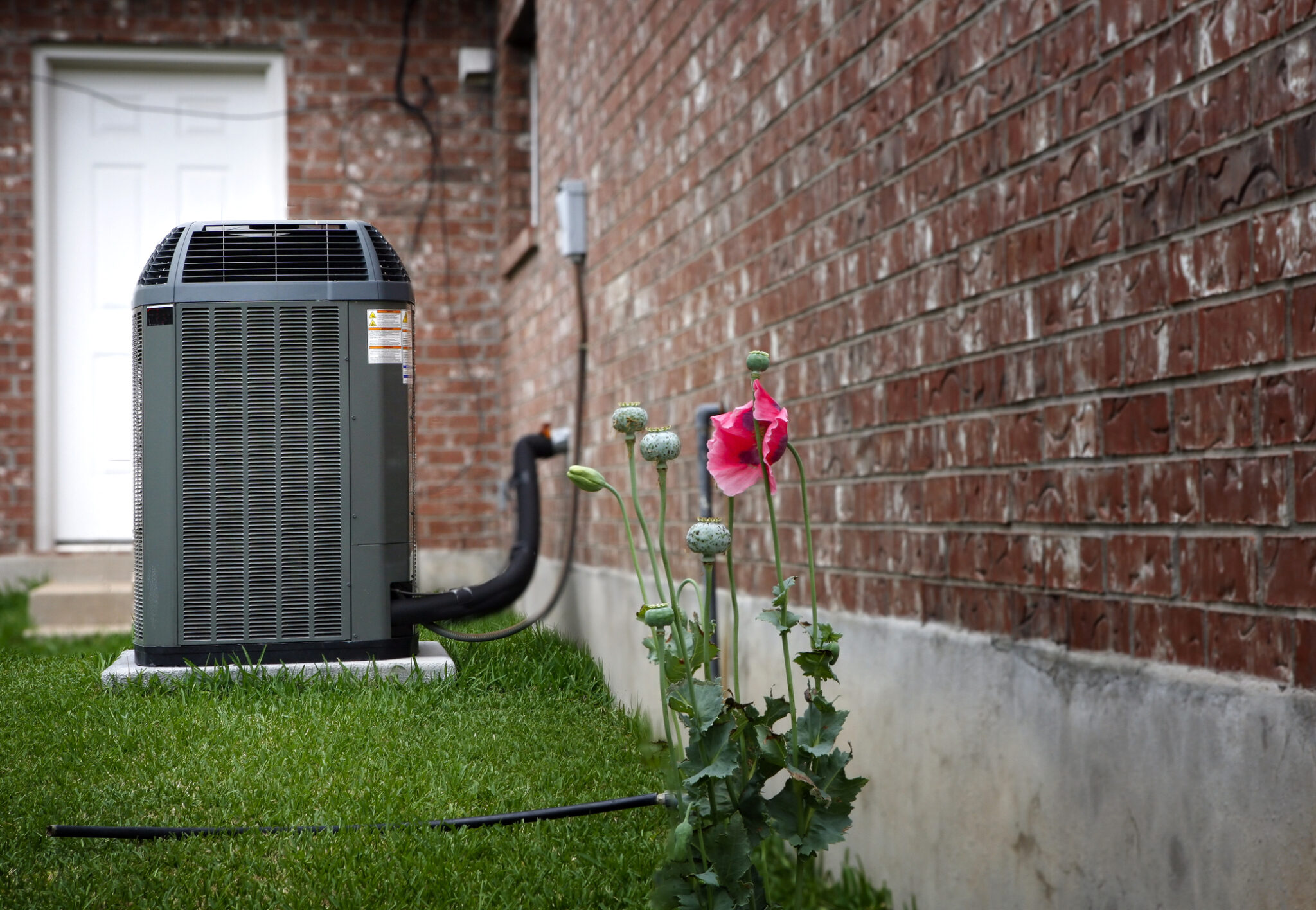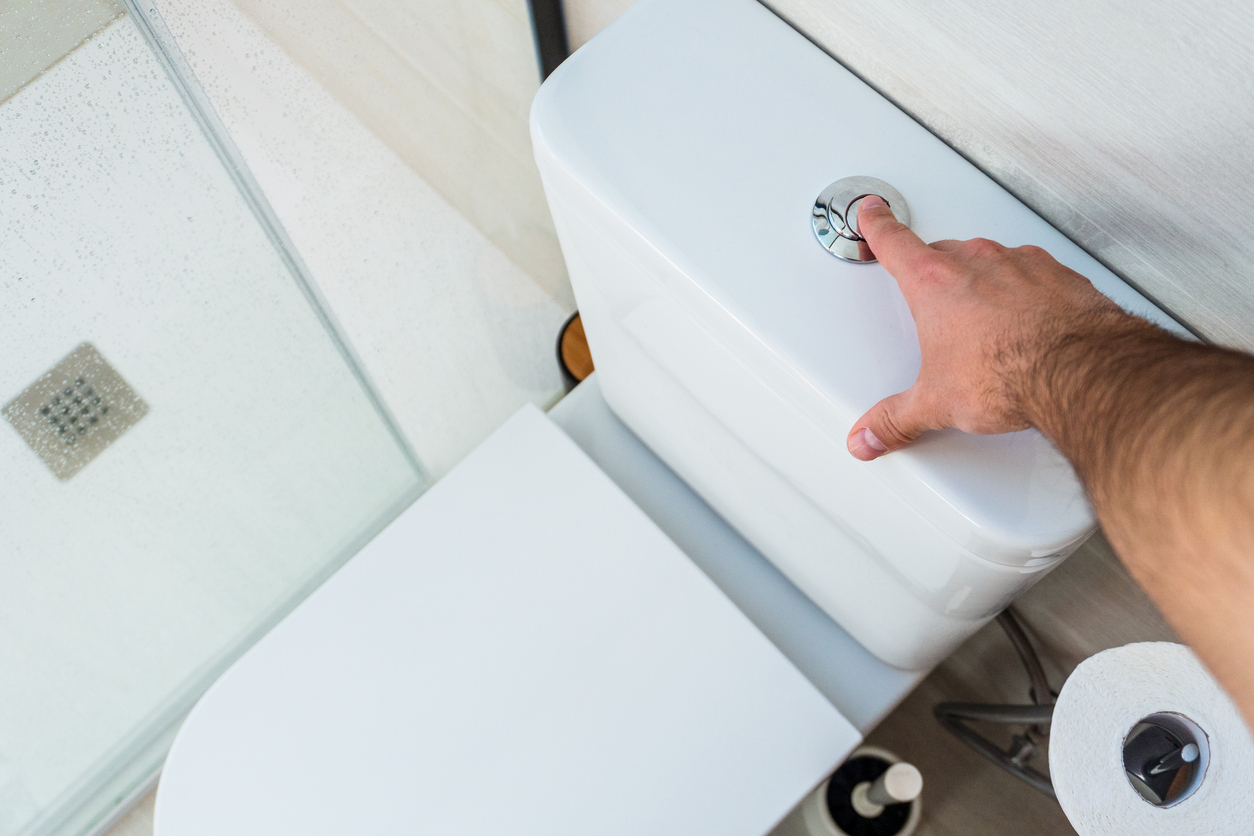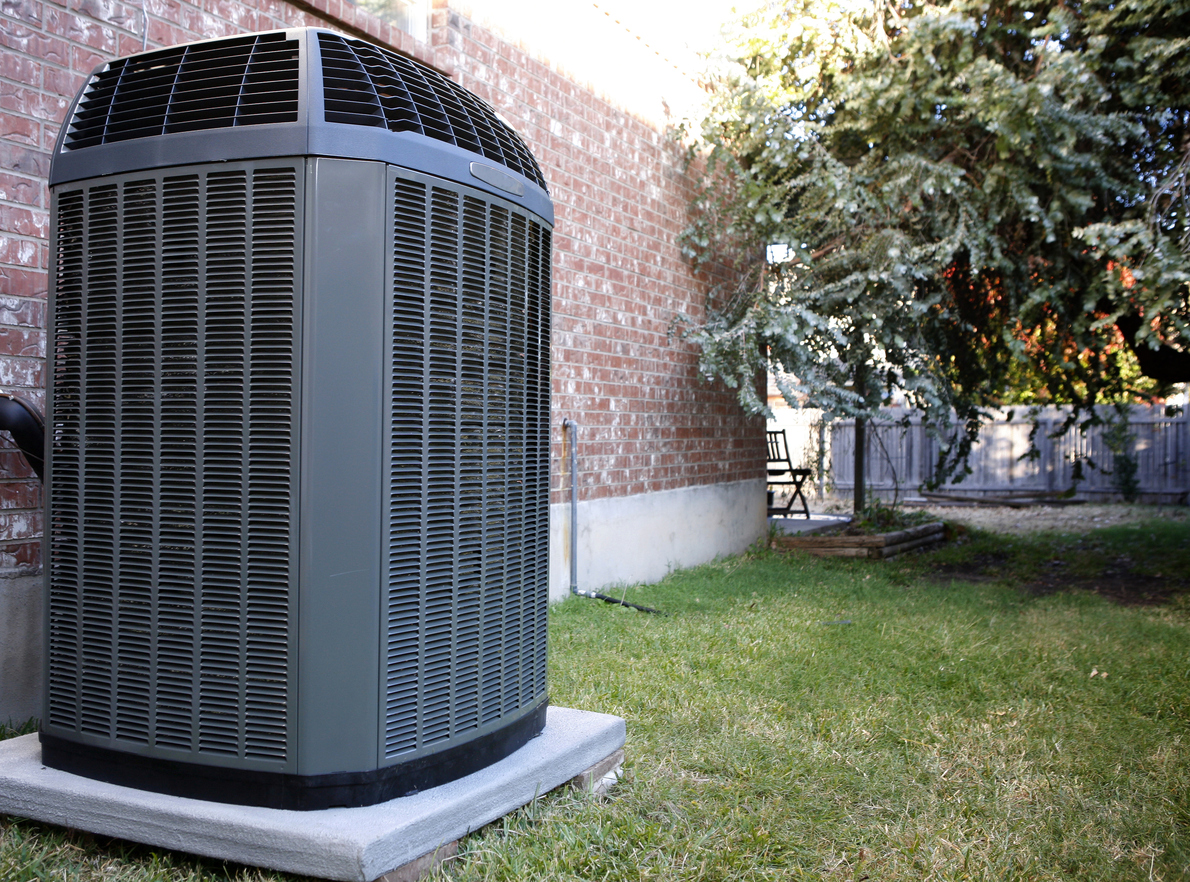What Is a Sewer Cleanout and Where Is It Located?
The sewer cleanout consists of a pipe that connects to the sewer lateral and is normally sealed with a cap. It is usually made of the same material as that of the sewer line, but you have the option to have the clean-out cap fashioned from plastic, brass, or cast iron either for better protection or for a more attractive appearance. With the former option, the entire cleanout network is sometimes covered by a concrete slab or a plastic box for added security.
The cap can either be lifted off by hand after a simple twist or it can be opened out when it’s attached to a hinge. Once opened, it will allow you access to the sewer line so any blockages can be cleared. This line connects your house to the public sewer system.
Importance of Sewer Cleanouts
Sewer cleanouts form part of your home’s overall plumbing and waste disposal systems. It’s your duty to know their exact location, so when the sewer line gets clogged, you can readily point the cleanout to your plumber.
Blocked sewer cleanouts can cause serious sewer line damage and even affect all plumbing fixtures. Plumbers can use either a hydro-jet or a sewer snake to access the line and remove the blockage. Before that, however, they have to open the sewer line cleanout, then use video inspection cameras to locate the problem area.
Types of Sewer Cleanouts
Two types of sewer cleanouts are currently available, namely, single and double. Each of these is described briefly below.
1. Single
A single sewer line cleanout is a fitting that looks like a “Y”, with the tap falling off at approximately 45 degrees. This allows you to insert a cable or a camera in just one direction.
2. Double
Double sewer cleanouts are shaped like the letter “U”. They have two caps which allow you to access the sewer line from either directions.
How to Find a Sewer Cleanout
Sewer cleanouts are normally found along the lateral pipe that is connected to the public sewer system. Specifically, you should find them in one of the following locations:
1. House Yard
Many sewer cleanouts are usually found in the yard, usually less than 3 feet from the foundation of the home or sometimes near the sidewalk. Either way, the typical cleanout is installed only a few inches above the ground, so if this is somewhere in the yard, it’s likely covered by mulch or vegetation.
2. Basement
Sometimes, a sewer cleanout is placed in the basement of a home. This is a common option for those living in areas where snow can be heavy during the winter season.
3. Outer Wall
Cleanouts of the single type can sometimes be visible on the outer wall of the bathroom. This is either made from either ABS (black plastic), PVC (white plastic), or metal. If it’s plastic based, try looking for four-inch diameter vertical plastic tubes in either black or white that come with sewer cleanout cap covers or lids.
4. Crawlspace
For homes that have crawlspaces, it’s not uncommon to have a sewer cleanout installed in this area. If your cleanout is not in the yard and in the basement, check under your crawlspace.
5. Garage
Some landscapers opt to place the cleanout somewhere in the garage per the request of the homeowner. This is often covered with concrete.
Options for Homes With No Sewer Cleanouts
Ideally, all residential houses should have sewer cleanouts. Unfortunately, this is not the case, especially for homes that are quite old. These often have no effective sewer line access. On the other hand, new houses typically have their sewer cleanouts in the yard and these could be covered with mulch or some landscaping design, so there might be a need to look more closely.
In case you live in an old house and you need to have your sewer line checked but there’s no existing cleanout, a professional plumber can discuss with you the available options. These will likely include:
1. Toilet Removal
This will allow the plumber to access the main sewer line through the closet bend, which is the elbow-shaped fitting in your toilet that connects to the sewage. This will obviously mean removing the toilet and replacing it back later. Needless to say, this is a messy and time-consuming process which can even lead to renovation work.
2. Cleanout Installation
Although installation will involve an initial sewer cleanout cost, this is a long-term solution that will eventually help you save money especially when it comes to future repairs.
Sometimes, sewer cleanouts can be present, but the cap is so jammed that it can’t be opened anymore. In this case, it’s better to have a new cleanout installed. This will allow for easier access to your current sewer line for cleaning purposes. It also makes your home properly coded which can be crucial in case of future property sales plans.
Key Takeaway
A sewer cleanout may sound like a process of cleaning the sewer line, which is partly correct. However, the term also includes the pipe and the cap that serves as the cover for the sewer, and this can be made from plastic, iron, or brass.
Old houses often don’t have sewer cleanouts, but new ones usually do. With the latter, you will likely find the cleanout either in the yard or in the lawn, although the basement, the garage, and the exterior wall of your bathroom are locations where some sewer cleanouts are sometimes installed.
If your sewer line gets blocked for some reason, access to the sewer line cleanout diagram is crucial for any plumber to effectively work on removing the clog. Otherwise, plumbing specialists may have to move your toilet, which is the nearest access point to the sewer line apart from the cleanout.
Let Absolute Electrical Heating and Air help you resolve your sewer line problems through your sewer cleanout
Access to sewer cleanouts can sometimes be difficult, because it’s not that easy to locate them. Absolute Electrical Heating and Air can make this easy for you.
We have highly-skilled plumbers in Denver who can help you locate your cleanout and resolve whatever issue you have with them. Call us now and you’ll agree that we are truly the experts in what we do.
CONTACT US
Request Service


Save Every Year with an Absolute Advantage Membership
Expert Annual System Safety Inspections & More
- Priority service
- Waived dispatch fees
- Yearly furnace, A/C, & electrical system inspections
- 10% discount on repairs and additional diagnostic services
- Up to $500 off HVAC & electrical panel replacements








